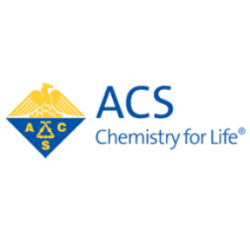Students combine citric acid with calcium chloride and citric acid with baking soda to investigate the question: What are the similarities and differences between the two reactions? and Do substances react in a characteristic way?
Objective
Students will be able to explain that if they mix baking soda with two different substances in separate containers and observe different signs of chemical reactions, it must be because the two substances are different. The substances must be made from different molecules, which react differently with baking soda.
Key Concepts
- Because substances are made up of different atoms and molecules, they react in characteristic ways.
- Production of a gas, color changes, a change in temperature, and the formation of a precipitate are all evidence of a chemical reaction.
NGSS Alignment
- NGSS 5-PS1-4: Conduct an investigation to determine whether the mixing of two or more substances results in new substances.
Summary
In working with chemical reactions, students have seen a gas produced, a precipitate formed, and changes in color. They have also seen that substances interact in characteristic ways and that these reactions can help identify a substance. In this activity:
- Students conduct a reaction with citric acid and baking soda in a universal indicator solution. The resulting chemical reaction produces a gas, causes a color change with an indicator, and results in a decrease in temperature.
- Students then carry out a second reaction with calcium chloride and baking soda in the universal indicator solution. In this example, students observe the production of both a gas and a solid, a color change with the indicator, and a slight increase in temperature.
- Students reason that since baking soda was reacted with two different substances, it makes sense that the reactions they observed were different. Finally, students conclude that different substances have characteristic chemical reactions and that these reactions can be used to identify a substance.
Evaluation
Download the student activity sheet (PDF) and distribute one per student when specified in the activity. The activity sheet will serve as the Evaluate component of the 5-E lesson plan.
Back to Fifth Grade Lessons




